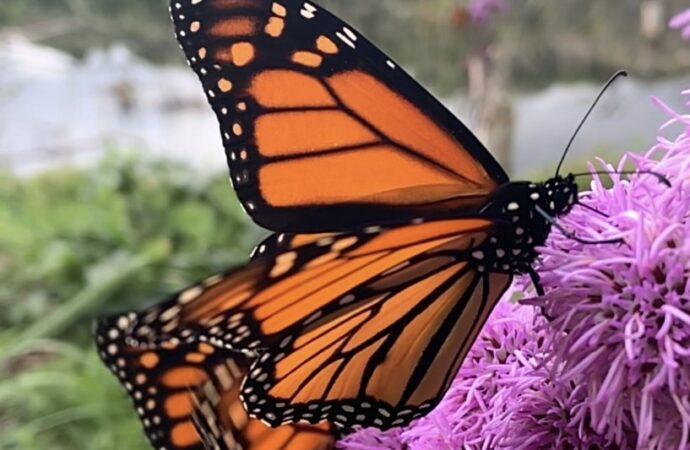Climate Change and Watershed Management


Minnesota has been getting warmer and wetter in the past century, with the most dramatic changes in the past two decades. Each of the top ten combined warmest and wettest years on record in the state occurred between 1998 and 2020.
Between 1951 and 2012, annual precipitation increased by over 20% in the Twin Cities. Most climate models for the state show a continued trend of increased rainfall in the spring and fall months, with hotter and drier summers. Models also indicate that rainfall and snowfall will be less frequent overall but more intense when it does happen. Mega-rains, in which six inches of rain covered more than 1,000 square miles, have become four times more common since 2000.
These higher temperatures, with the added impact of increased stormwater runoff and erosion, create the ideal environment for algae blooms. These algae blooms harm water quality and, by extension, aquatic wildlife like native fish.
RWMWD Watershed Resilience Strategy
The District has incorporated projected increased precipitation and drought into our strategy, as outlined in the management plan. We have utilized Atlas 14 data from the National Oceanic and Atmospheric Administration to calculate areas of increased flood risk and developed projects to mitigate this risk. The Beltline Resiliency Study and resulting projects such as the Phalen and Keller weir improvements have increased the resilience of our stormwater system. RWMWD continues to work with our network of county, city, and other agency partners to create more climate change resilient stormwater systems.